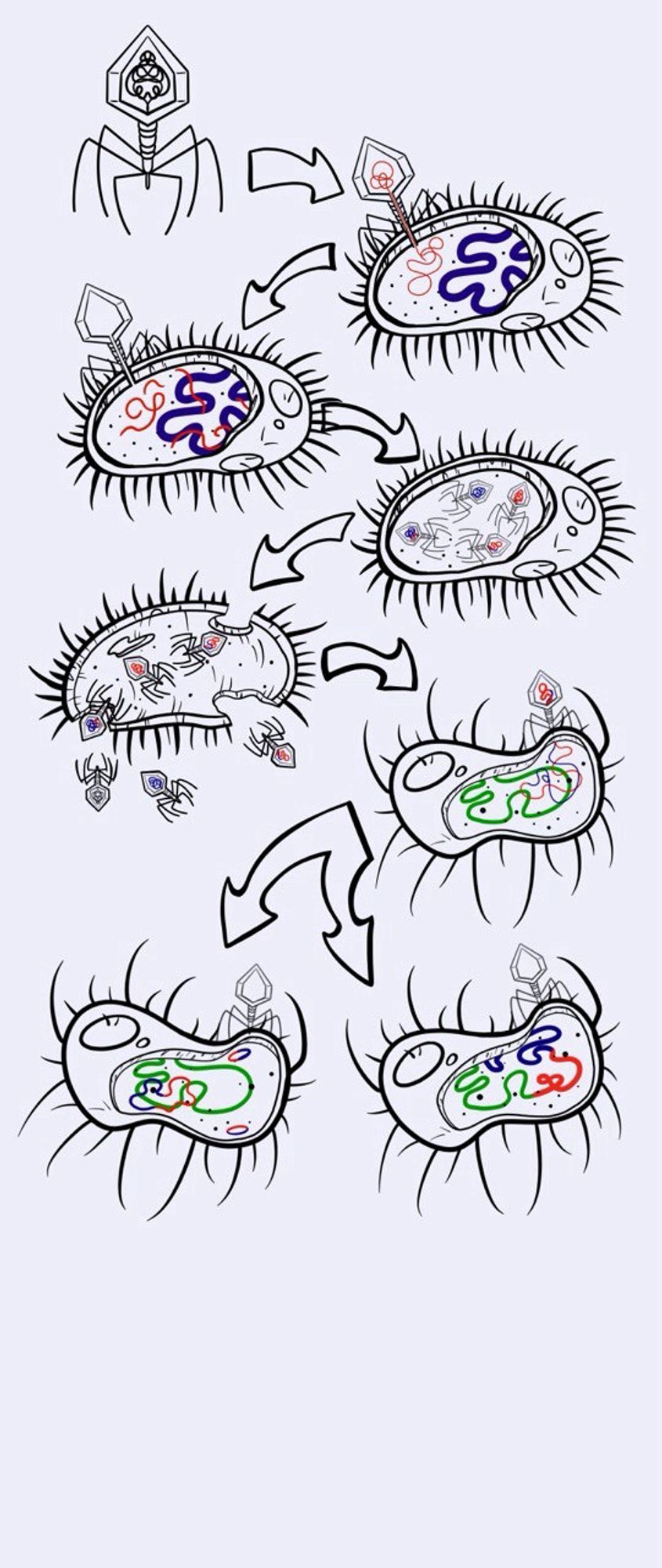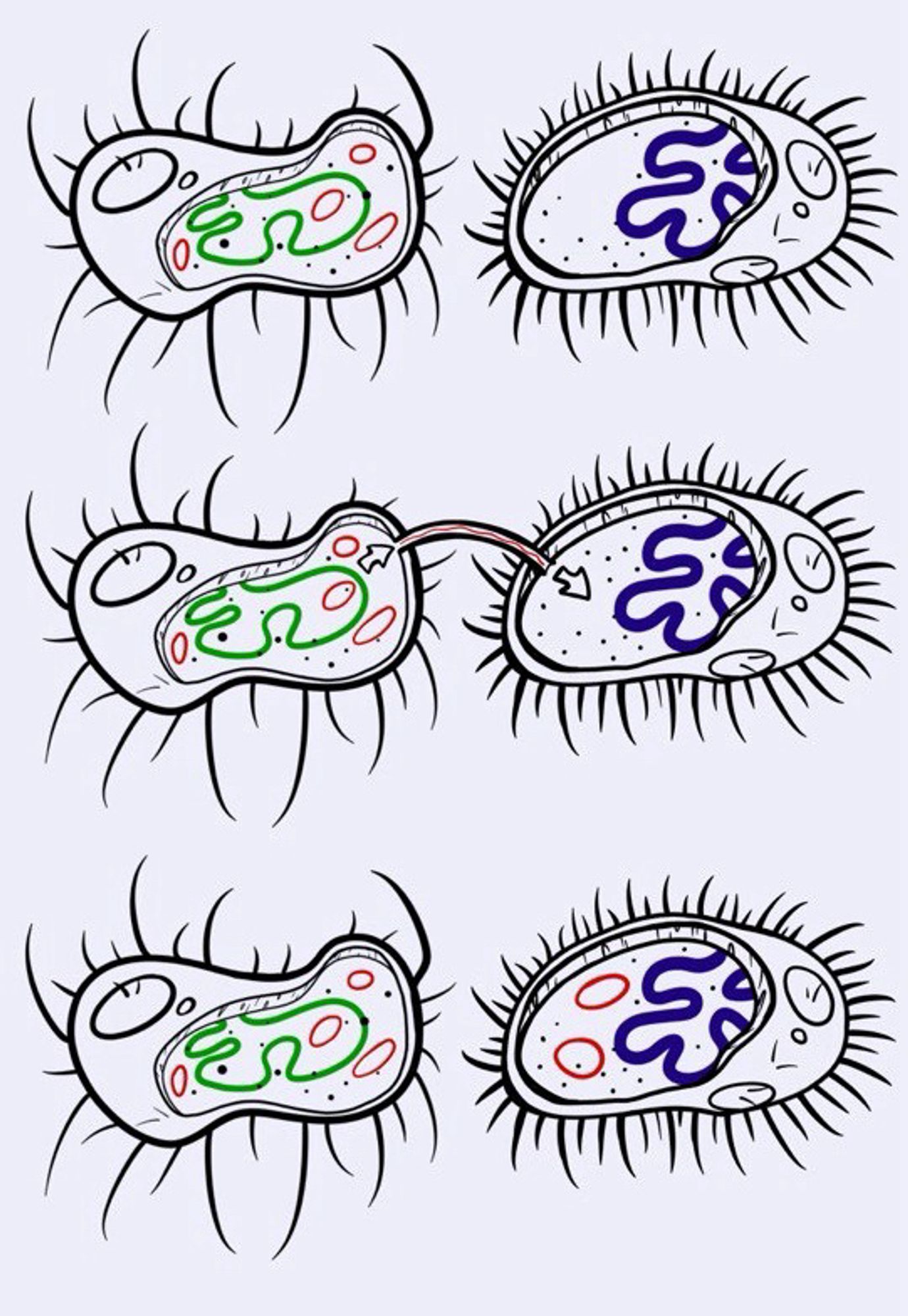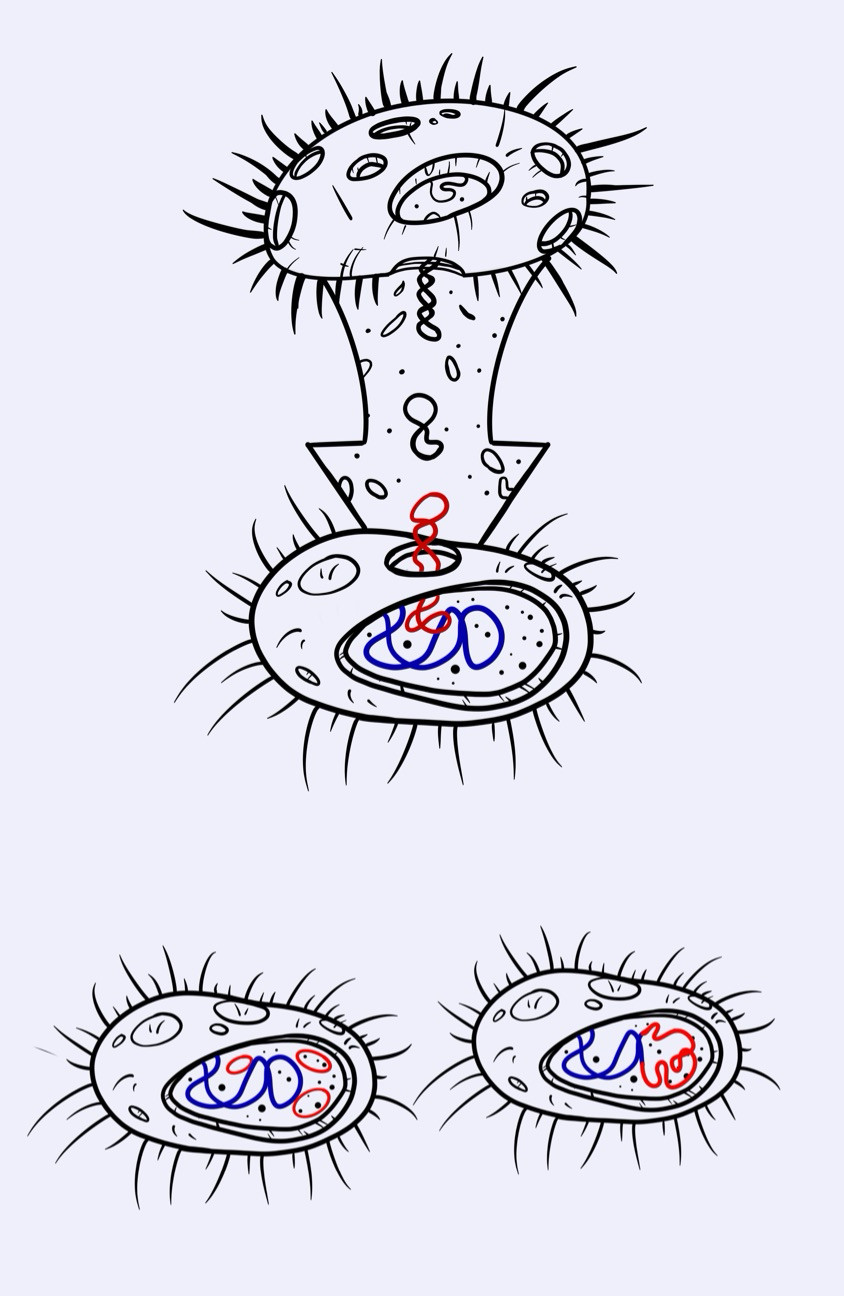
KS
K | Science Nature & Art (and weirdness)
@ksciencearts.bsky.social
Artist | MCD Biologist | Biotech | Nature | Entomology | Be Kind to Eachother | Non-Binary | Definitely Not a Werewolf
(Cover by me)
Support me on Kofi:
ko-fi.com/k_sciencearts
1k followers897 following5.8k posts
You always hear about antibiotic resistance, these are some basic illustrations I created to illustrate the three ways bacteria gain new DNA! This is how resistance spreads!



I love these illustrations, I think they work really well to make the topic accessible!
Nice illustrations! 🦠🤩🦠
These are great!
So, does that mean that the bacteria can then spread to other organisms and cause antibiotic resistance in the newly infected organism? And are there specific viruses that are known to do this? For example, are there common viruses that have demonstrated this trait - eg, flu? Or??

KS
K | Science Nature & Art (and weirdness)
@ksciencearts.bsky.social
Artist | MCD Biologist | Biotech | Nature | Entomology | Be Kind to Eachother | Non-Binary | Definitely Not a Werewolf
(Cover by me)
Support me on Kofi:
ko-fi.com/k_sciencearts
1k followers897 following5.8k posts